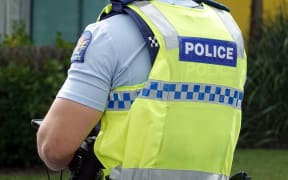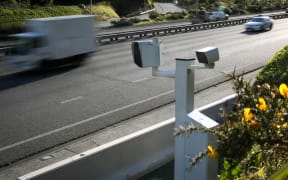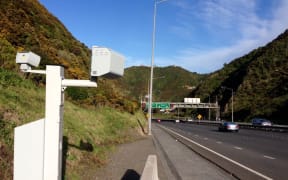
For the nine months to September, motorists were hit with $6m in cellphone fines compared to just a third of that in 2019 and $5m last year. Photo: 123RF
Police have tripled the fines doled out for talking on your cellphone while driving in four years, to $6 million.
They have also levied a host more fines from mobile speed cameras since last year, despite falling short of their promise to use them much more.
This comes as deaths and serious injuries on the road hit their highest levels in five years, at the same time as the government is rowing back some of the Road to Zero measures, questioning their effectiveness.
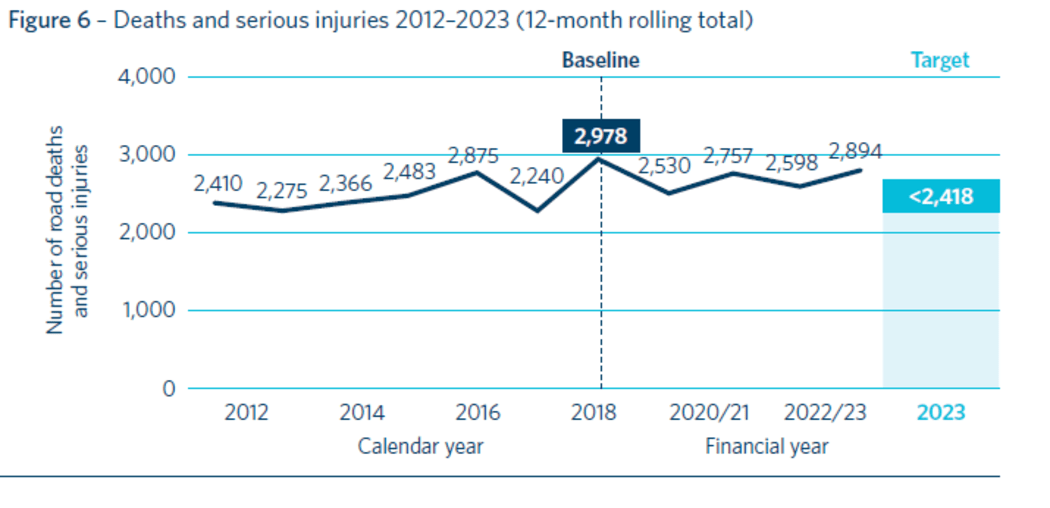
A graph shows the number of road deaths and serious injuries between 2012 and 2023 (12-month rolling total). Photo: Supplied / NZTA
Heading into the busy open road holiday season, new road policing figures show where the pressure is being put.
For the nine months to September, motorists were hit with $6m in cellphone fines compared to just a third of that in 2019 and $5m last year.
Almost 400,000 drivers copped a mobile speed camera fine in that same period, adding 40 percent more to Crown coffers than from those fines a year ago. But camera use rose only 4 percent and is well below target.
Speeding fines issued by police officers climbed more than 50,000 to 286,000 notices.
Also, seatbelt offences were well up on the last several years, costing drivers $5.4m for the nine months for 37,000 offences.
Police a year ago admitted to tweaking speed camera settings, and this led to tens of thousands more tickets for drivers doing just a little over the speed limit than before.
RNZ asked on Monday if they had changed the settings again, but police have not said.
Minister of Transport Simeon Brown, asked by RNZ if he would intervene if it appeared speed camera thresholds were set too low, said the settings were an operational matter for police.
While he was moving to row back the previous government's slower speed limits on more roads, and pruning back Road to Zero, Brown said: "I encourage all motorists to follow the road rules and sign-posted speed limits, particularly as we enter the busy holiday period.
"This government is committed to improving road safety while maintaining efficiency. This is not a case of advocating that motorists exceed sign-posted speed limits.
"We are focused on delivering safe infrastructure and targeting the highest contributing factors in fatal road crashes, allowing motorists to travel quickly and safely."
However, road deaths and serious injuries (DSIs) have been largely heading the wrong way.
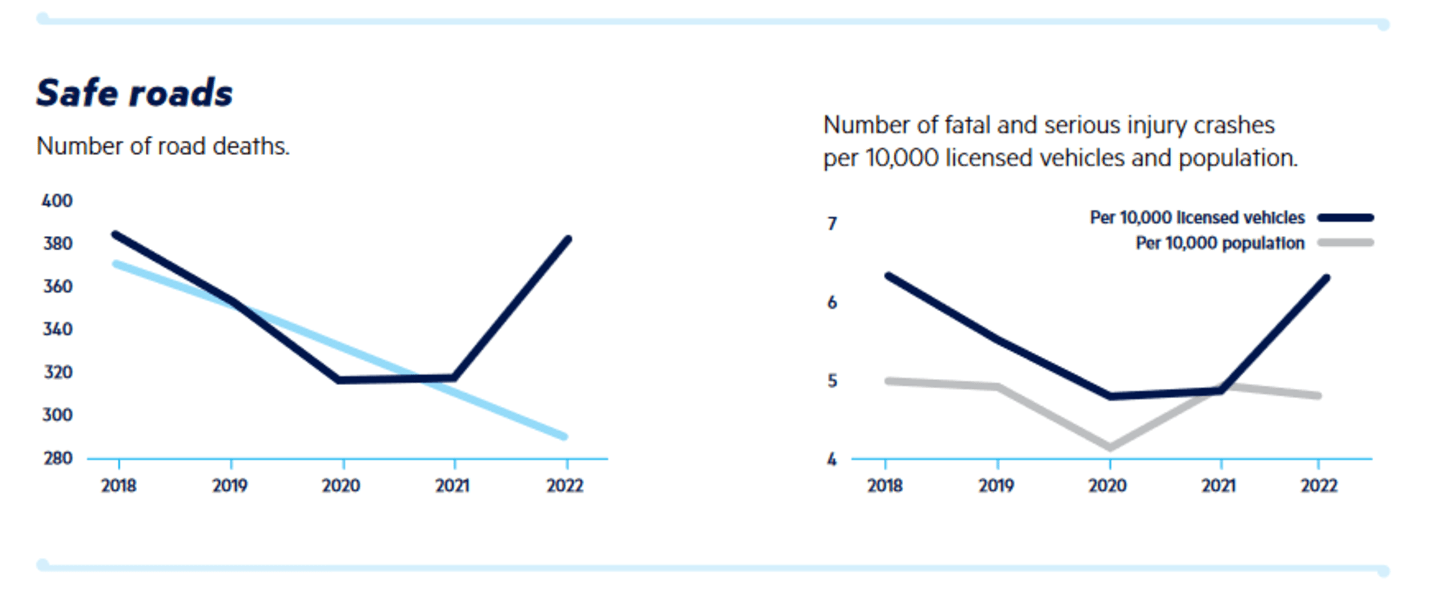
Graphics from the Police annual report 2022-23 shows road deaths and serious injuries going the wrong way. On the left, the light blue line is the target, and the dark blue line shows the actual numbers. The 2023 death toll is slightly lower than in 2022. Photo: Supplied / NZ Police
Fatalities for the year to date, at 323, are below last year but higher than both 2020 (a Covid-19 year) and 2021.
Count in serious injuries too, and the total hits 2894, almost 20 percent above the target of 2418.
To get to the target - below 2085 by 2026 - looks a very long way off, especially as the number of kilometres travelled by the national fleet has just kept on rising, apart from a blip for Covid-19 lockdowns in 2020.
"DSIs from head-on, run-off road and intersection crashes have increased," Waka Kotahi said in its latest annual report.
"Low public support for speed changes in some areas", as well as the Cabinet cutting back how many slower limits it wanted, meant the agency's speed and infrastructure programme could not be delivered as planned, it said.
It was working to increase the pace of delivery of key safety infrastructure, including median barriers and roundabouts to reduce the DSI rate.
Among the grim figures is another one: Police, who committed several times in recent years to using mobile speed cameras more, after continually undershooting the target of 80,000-plus hours a year, undershot again in the 2022-3 year, registering just 61,000 hours, about the same level as previous years.
Back in 2021 police pledged differently: "Police acknowledges that our performance around breath testing and speed enforcement could have been better in previous years and we are committed to improving this with our road safety partners moving forward," they said.
Breath testing did rise last year, to 2.6 million tests, though the target is three million.
But mobile speed camera use by officers rose just 4 percent in 2022-23 - while at the same time infringement notices from them rose 21 percent and fines 40 percent.
RNZ has asked police why the notices and fines are rising so much faster than deployment. Waka Kotahi takes over speed cameras from police next year.
Static speed camera fines are down, to $21m for the period from $26m, and a hefty $38.7m in 2019 for the same period.

